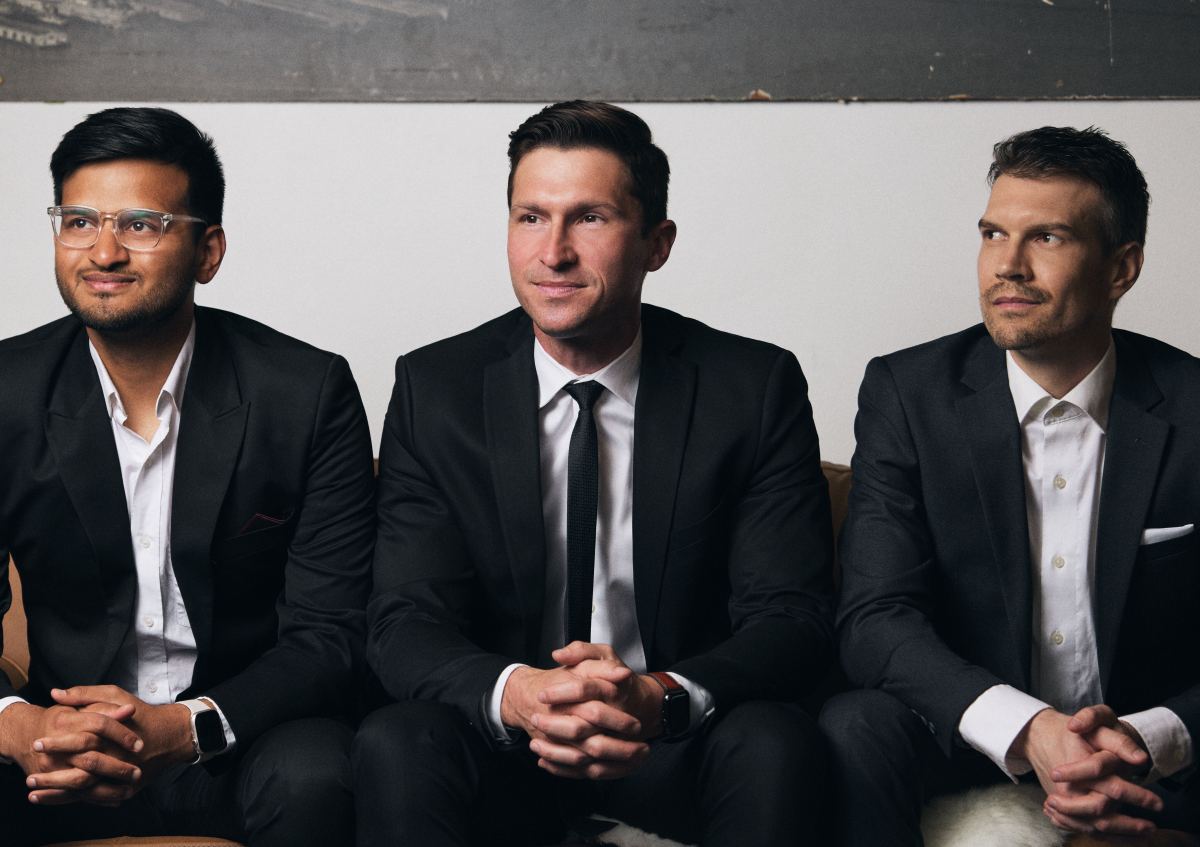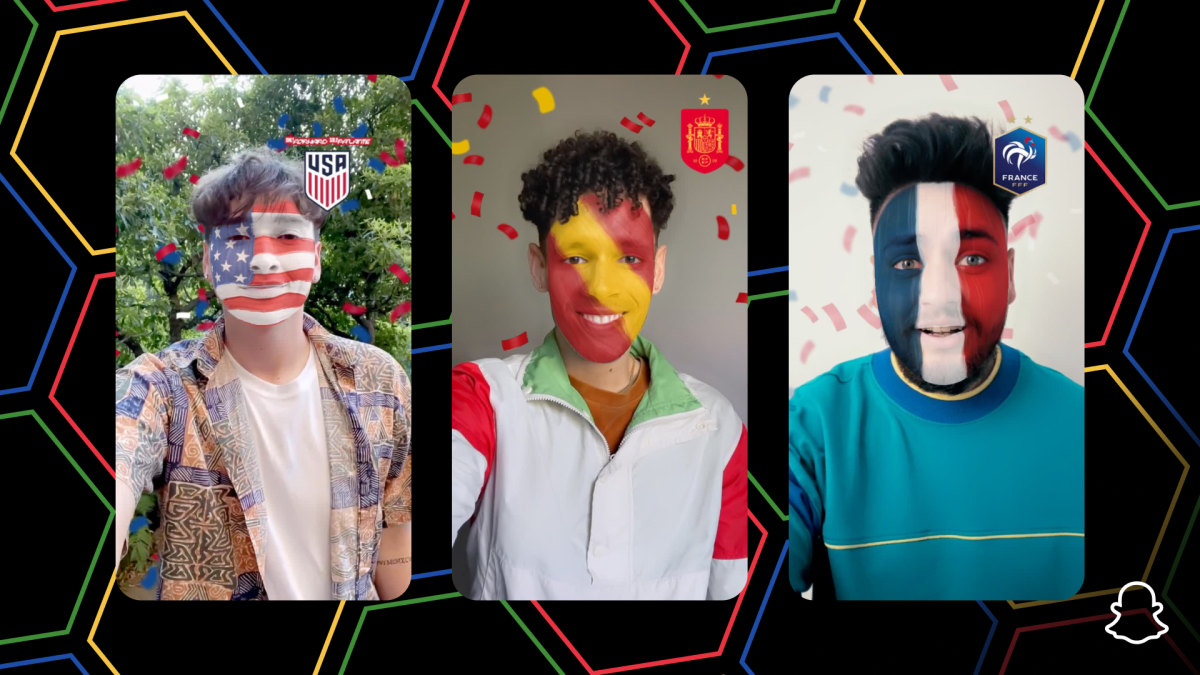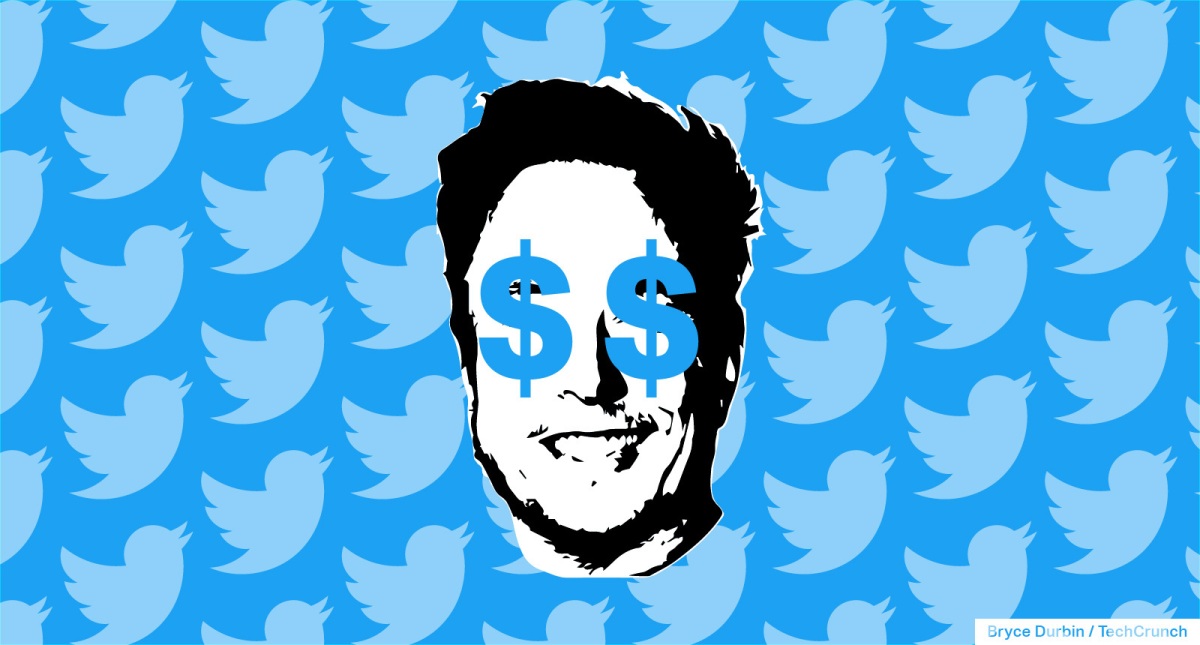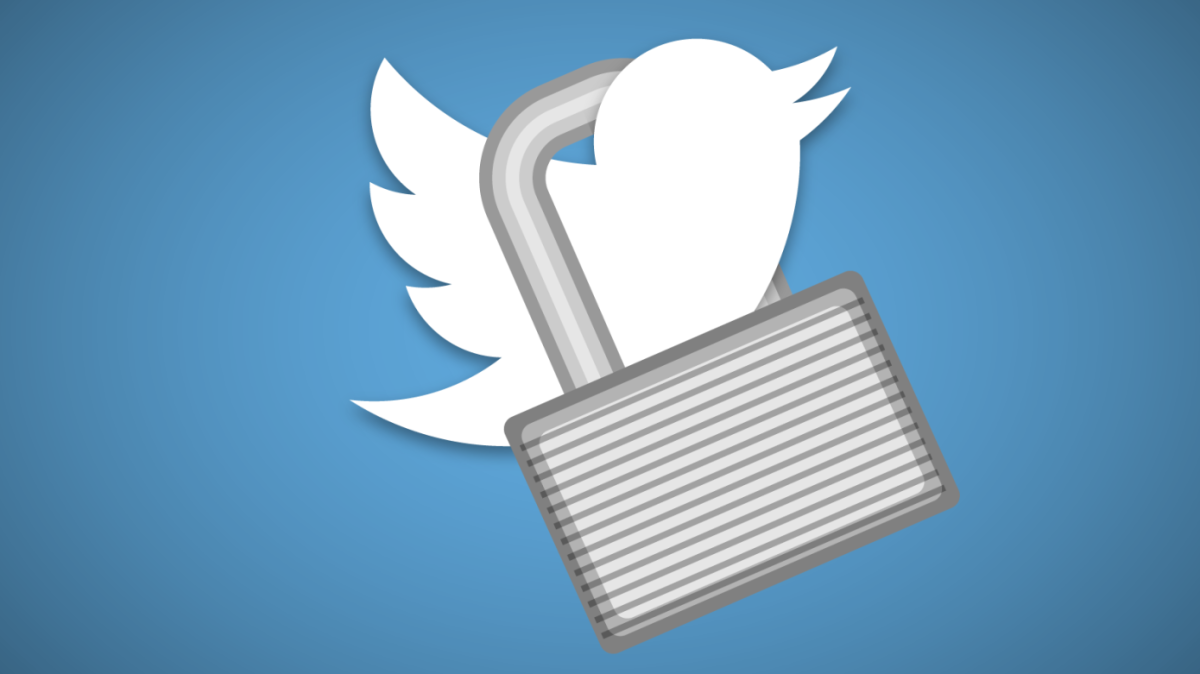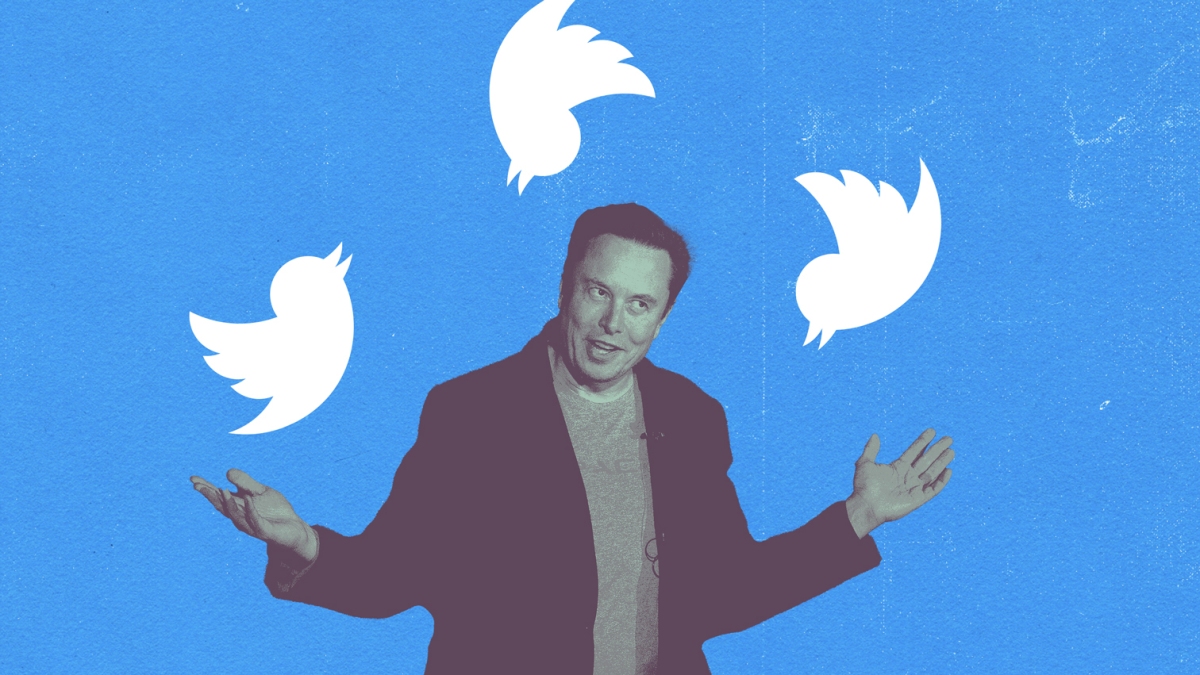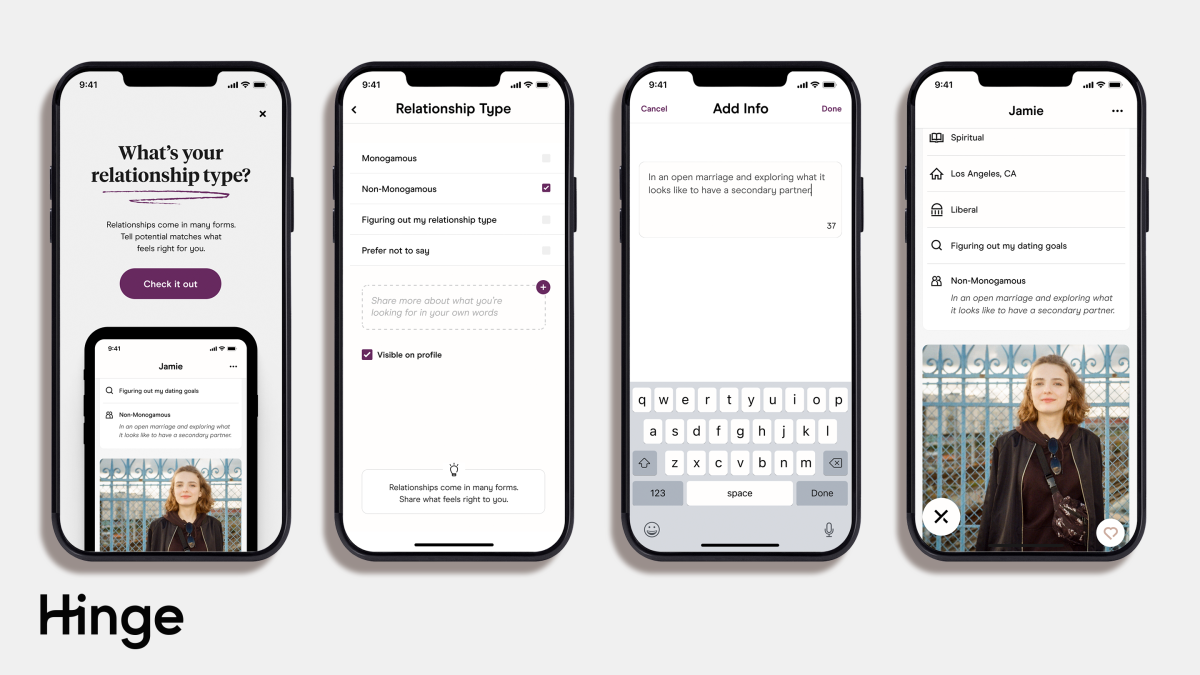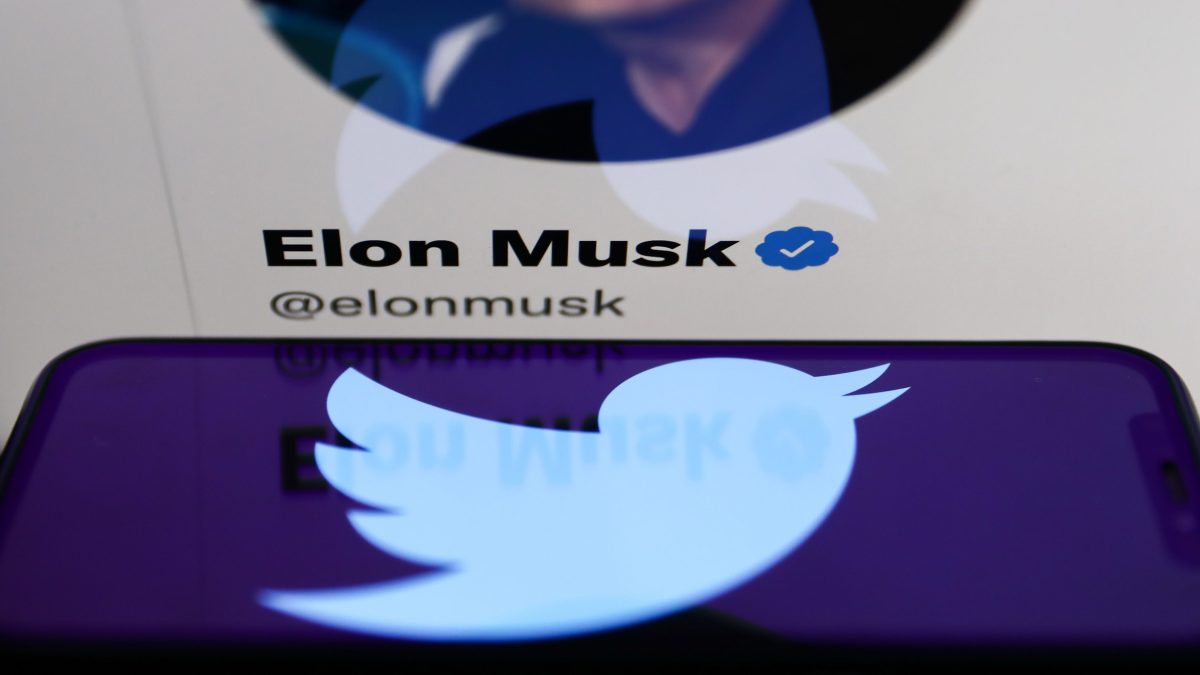BoomPop gains traction by designing high-end off-sites for our now remote-first world • ZebethMedia
There’s nothing sexy about corporate retreats. But BoomPop, a 26-person, San Francisco-based outfit that the startup studio Atomic launched in 2020, is managing to infuse some sizzle in the historically staid industry. In fact, given what BoomPop is building, one can see it evolve into an option for more than companies looking to more easily plan luxury meet-ups for their far-flung employees, which is how it largely exists right now. It could (conceivably) become a solution for weddings, family reunions, and business conferences and more. That’s assuming the company can make it through what looks to be a long economic downturn. We will say the startup’s pitch is persuasive. Here’s what we know right now, based on an interview earlier today with the company’s gregarious CEO Healey Cypher. The company was born during the pandemic; Cypher, who is also the COO of the startup studio Atomic, was intent on keeping his colleagues’ morale up and began devising increasingly creative ways to do it, including through virtual Napa Valley wine-tastings, magic shows, customized games and the like. Along the way, it occurred to Cypher and his Atomic colleagues that there could be a business in creating a curated marketplace of virtual experiences, and he says that by the end of last, beginning with an email blast to 150 contacts, that business had nearly 2,500 customers who were letting BoomPop plan their virtual team-building exercises. Fast forward to today, and the viability of the business is no longer a question mark, says Cypher. Some of its customers have already paid BoomPop to organize “60 to 70” mini meetups for them – both virtual and offline. In fact, he says the company has been so focused on creating a vibrant marketplace of places to go and things to do that it now features “thousands of hotel options, meeting spaces, activities, photographers who can create sizzle reels of these events and swag” to give to participants as they head back home. It also handles the invitations, creates event pages with agenda, tracks schedule and budget changes and handles payments. (It creates an escrow account for every event that shuts off when it’s over.) In short, it’s a lot of mini-businesses in one, and it has all been built from the ground up, says Cypher, who claims that so far, 4,000 companies have made arrangements for 150,000 of their employees at an average price of $65,000 per event. Most of those customers — 73%, says Cypher — have never planned or hosted an off-site before. All pay a flat fee that BoomPop guarantees that is “at least 10% to 20% off the best rates you can buy,” says Cypher. The numbers would seem to validate Cypher’s theory that as companies shrink their physical footprint and the associates costs of outfitting those offices, there’s a lot of “new, shiny, found money” that is being spent on extending runway but also on maintain social cohesion, which is ultimately what makes most jobs sticky and their employees loyal. Little wonder that BoomPop isn’t alone in spying the opportunity. In addition to competing with Airbnb Experiences (which is more disjointed), BoomPop is going up against the internal event planning teams within big companies as well as a spate of startups, including the end-to-end retreat planning startup Flok, whose founder was a former Apple engineer (the company went through YC last winter) and Marco Experiences, an L.A.-based seed-funded outfit that is similarly designing off-sites and other experiences for its customers. Still, BoomPop would seem to have some advantages over some of these rivals. First, Atomic is a company-making factory whose best-known brand include the telehealth outfit Hims & Hers, which went public via a special purpose acquisition company early last year and OpenStore, an outfit that is snapping up Shopify storefronts. Atomic hasn’t had a blow-your-hair-back-level exit yet, but it has seen plenty of success to date, including on the basis of how many of its startups raise follow-on rounds and considering that it doesn’t pour a lot of capital into its creations. BoomPop itself quietly raised a previously unannounced round of $14 million back in February from ACME Capital and Atomic, along with Box founder and CEO Aaron Levie. (Levie apparently understands the pain point BoomPop is solving.) Cypher is himself no slouch, having cofounded some of Atomic’s companies, as well as founded his own company before he teamed up with Atomic. That earlier startup, Oak Labs, made a full-length touch-screen mirror for dressing rooms and was acquired for “tens of millions” of dollars three years after it was founded, per Cypher, who was once a retail innovation head at eBay. There are also those headwinds. While a recession could certainly crush a business like BoomPop depending on its severity and length, there’s little question that in the future, companies will need to do more — and should have more free capital to spend — to keep far-flung employees happy and engaged and focused on teamwork. The data tells the numbers. Even with layoffs in the air, offices in the U.S. are still less than half full, according to recent data out of the security firm Kastle Systems. Companies are adjusting in real time. According to a July survey of 250 U.S. companies from the flexible workspace software provider Robin, 46% of companies plan to cut their office space in the next year. Of those outfits, 59% said they would shrink their space by more than half. From left to right, BoomPop’s cofounders (dressed ironically in suits — we’re told they do not actually wear suits): Vaibhav Chauhan (revenue/operations); Healey Cypher (CEO); and Blake Hudelson (product/design). Not pictured: Atomic CEO Jack Abraham.
